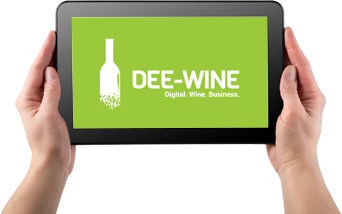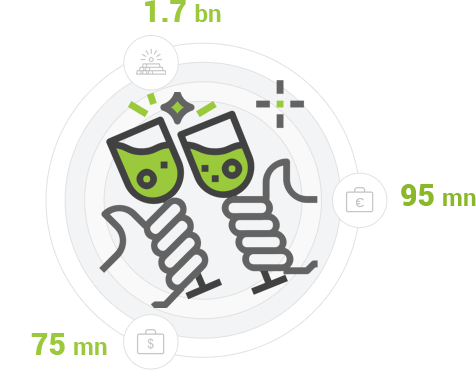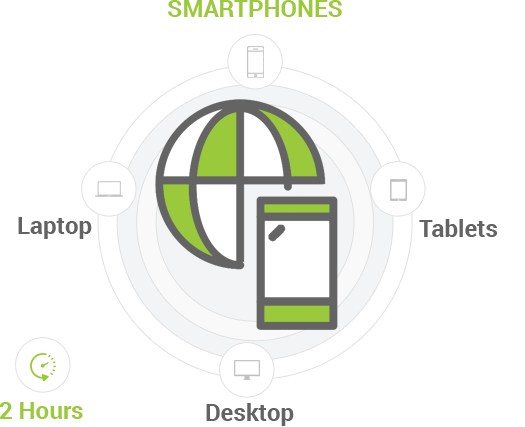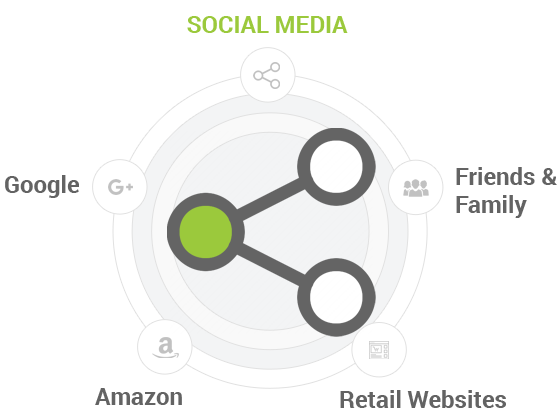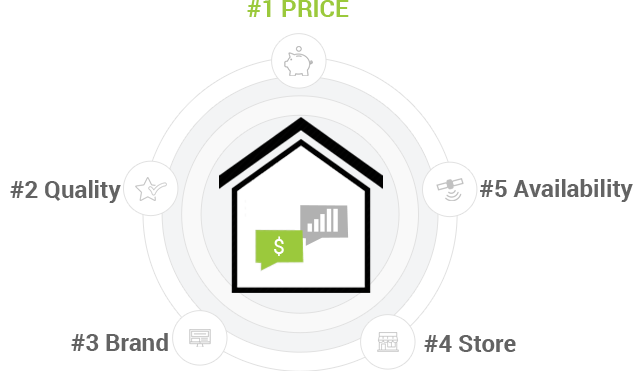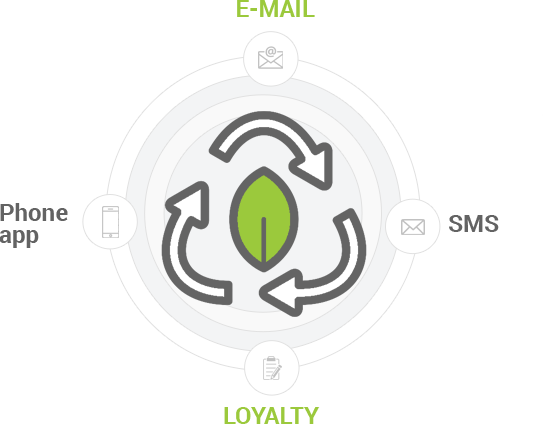Are wineries ready?
Comparing digital footprints of European and US wineries reveals fundamental differences. In particular, German wineries are significantly behind in their communications practices when compared to their counterparts overseas. Global growth of video and instant messaging content on social media surpasses any expectations. Despite these trends, European wineries are not yet geared to drive business via online channels.

Utilization of digital channels
 Website
Website
 Facebook
Facebook
 Twitter
Twitter
 Youtube / Vimeo / MyVideo
Youtube / Vimeo / MyVideo

Typical engagement practices
 Social Media
Social Media
 Regular Mail
Regular Mail
 Newsletters
Newsletters

Purpose of social Footprint
 German wineries
German wineries
- Public relations
- Information broadcasting
- Advertising
 US wineries
US wineries
- Customer engagement
- Promotion
- Sales conversion
Statistics illustrate that many European / German wineries have not yet understood what social is all about. Their social media activities are still predominantly focused on one-way communication. They should instead encourage involvement of prospects, engagement of customers and conversion in e-commerce. A digital footprint that supports two-way communication is vital for driving direct sales with much better margins.
HOW IS YOUR WINERY POSITIONED TO TARGET MILLENNIALS?
Find out by using our 5-min self-assessment tool. It is completely free.
